Câu hỏi:
Read the following passage about Our Festival Traditions and mark the letter A, B, C, or D on your answer sheet to indicate the best answer to each of the following questions from 23 to 30.
Katê Festival
Cultural diversity is a vital aspect of any society, and festivals of ethnic groups play an essential role in preserving the cultural identity of a community. Embracing cultural values through festivals is an important way of staying connected with one community as well as its history and traditions, and a well-known Katê Festival of the Chăm people in Vietnam is an example to prove so.
The Katê Festival, also known as Mbăng Katê, is the biggest yearly festival for the Chăm people in Vietnam. It is a special time of year when they honour important figures in their history and the dead in their families. The Kate Festival takes place on the first day of the seventh month in the Chăm calendar, usually in September or October. It lasts for three days and takes place around three important ancient structures in Ninh Thuận Province: the Po Klaung Yăgrai Tower, the Po Romé Tower and the Po Inû Nagar Temple. All of these places are very important to Champa culture and history.
On the morning of the first day, Cham families take part in processions as they travel to the towers and temple, bringing gifts of fruit, meat and rice. In a special ceremony, the Cham people receive the costumes of the Goddess Po Nagar from the Raglai people, a cultural group with close connections to Champa culture. The Chăm carry the costumes to the temple to celebrate Po Nagar, then they open the gates. Inside the temple, they start bathing the statues of important figures and watching sacred dances. After those performances, people enjoy lively parties until the evening of the festival's second day.
On the last day, people make special offerings to their gods at community houses in their villages and pray for luck and good health for the coming year. Once this is over, there are traditional music performances, and then people do fun activities like playing football and participating in weaving competitions.
The word “diversity” in paragraph 1 is OPPOSITE in meaning to:
Đáp án đúng: B
Đáp án đúng là B
Giải thích:
Diversity có nghĩa là "đa dạng", chỉ sự phong phú hoặc khác biệt.
Từ đối lập của nó là "similarity" (sự tương đồng), chỉ sự giống nhau.
Các từ còn lại như "variety," "difference," và "multiplicity" đều có nghĩa gần giống "diversity."
Câu hỏi này thuộc đề thi trắc nghiệm dưới đây, bấm vào Bắt đầu thi để làm toàn bài
Bộ đề thi giúp học sinh lớp 12 làm quen với cấu trúc và nội dung đề thi tốt nghiệp THPT môn Tiếng Anh năm 2025. Đề thi được xây dựng theo định hướng của Bộ GD ĐT, bao gồm các phần Ngữ âm, Từ vựng - Ngữ pháp, Chức năng giao tiếp, Kỹ năng đọc hiểu, Kỹ năng viết và Phát âm - Trọng âm. Hệ thống câu hỏi đa dạng, bám sát chương trình học, giúp học sinh rèn luyện kỹ năng làm bài và nâng cao tư duy ngôn ngữ. Đáp án chi tiết đi kèm hỗ trợ học sinh tự ôn tập, đánh giá năng lực và chuẩn bị tốt nhất cho kỳ thi quan trọng.
Câu hỏi liên quan
Đáp án đúng là A
Giải thích:
Từ "they" trong câu:
"It is a special time of year when they honour important figures in their history and the dead in their families."
Chỉ rõ "they" đề cập đến "The Chăm people" – những người tổ chức lễ hội Katê để vinh danh những nhân vật lịch sử và tổ tiên của họ, trong câu trước đó : “The Katê Festival, also known as Mbăng Katê, is the biggest yearly festival for the Chăm people in Vietnam. “
Đáp án đúng là A
Giải thích:
Lively có nghĩa là "sôi động, tràn đầy sức sống," đồng nghĩa với "cheerful."
"Noisy" chỉ sự ồn ào, không hoàn toàn đồng nghĩa.
"Boring" (nhàm chán) và "dull" (buồn tẻ) thì trái nghĩa với "lively."
Đáp án đúng là C
Giải thích:
Câu này được đề cập trong đoạn 3:
"In a special ceremony, the Cham people receive the costumes of the Goddess Po Nagar from the Raglai people, a cultural group with close connections to Champa culture."
Các đáp án còn lại không đúng với thông tin trong bài:
A: Sai vì lễ hội không chỉ tổ chức ở Po Inû Nagar Temple.
B: Sai vì lễ hội diễn ra vào tháng 7 âm lịch Chăm, tương ứng với tháng 9 hoặc 10 dương lịch.
D: Sai vì ngày cuối lễ hội tập trung vào các nghi lễ tại làng chứ không phải các điệu múa thiêng liêng và tắm tượng.
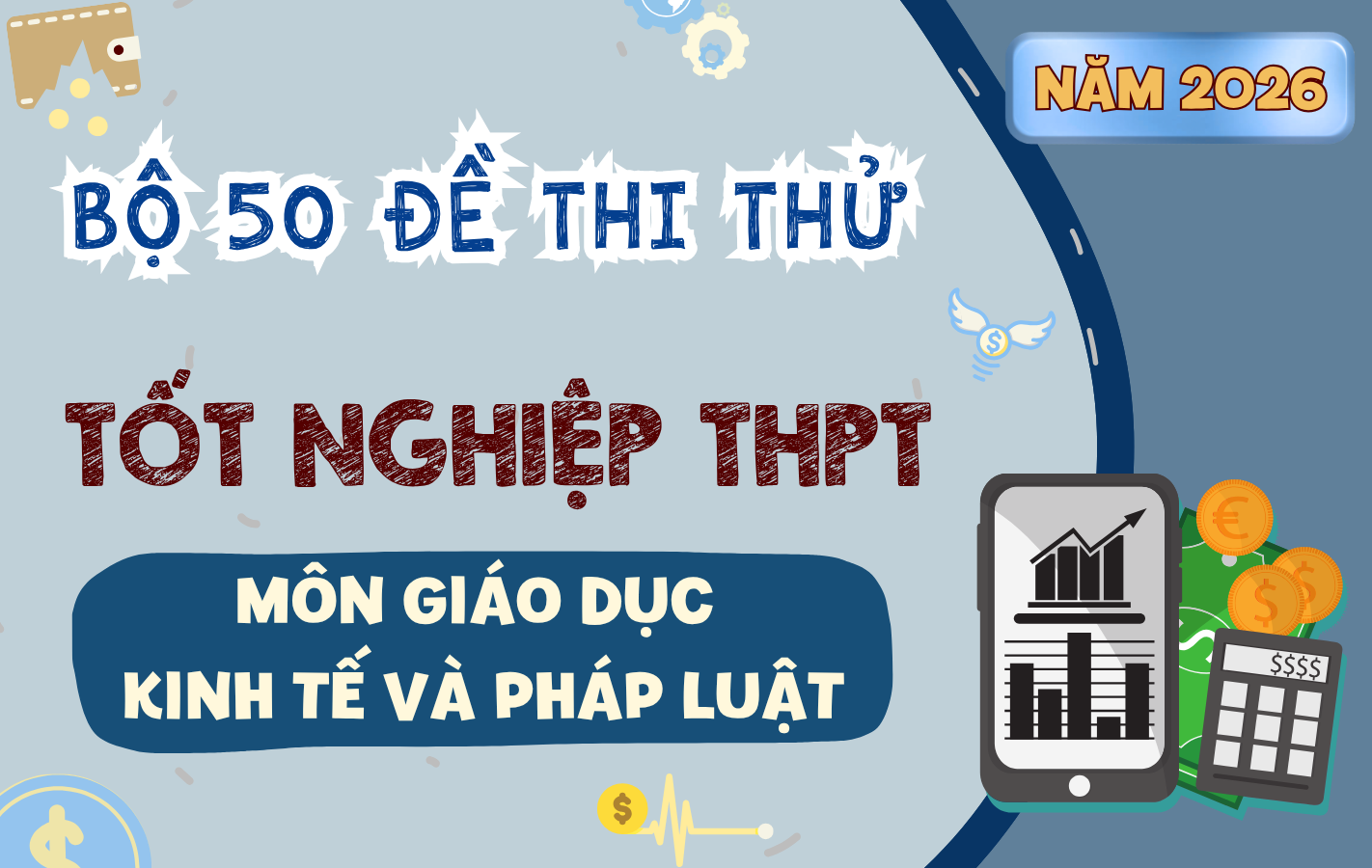
Bộ 50 Đề Thi Thử Tốt Nghiệp THPT Giáo Dục Kinh Tế Và Pháp Luật Năm 2026 – Theo Cấu Trúc Đề Minh Họa Bộ GD&ĐT
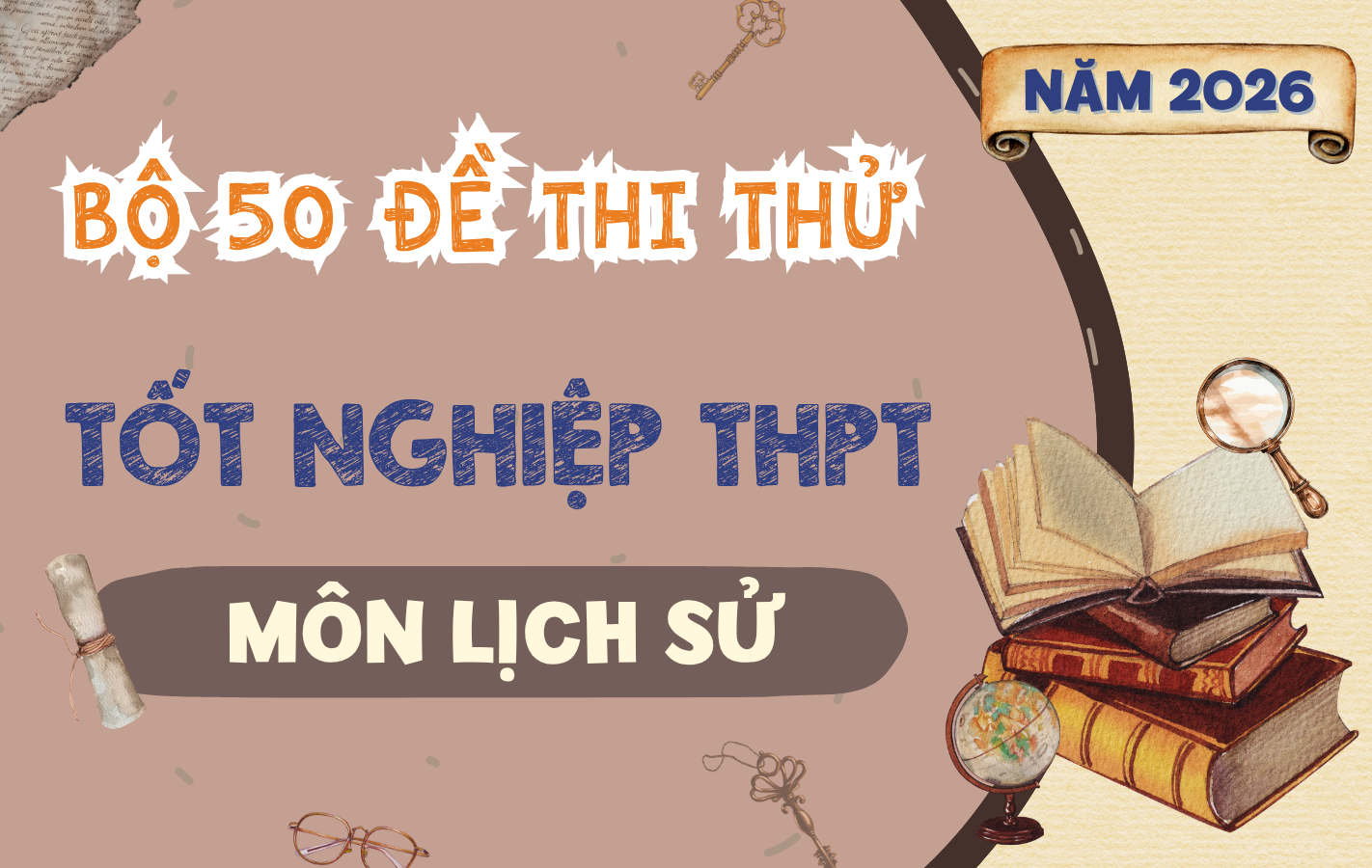
Bộ 50 Đề Thi Thử Tốt Nghiệp THPT Lịch Sử Học Năm 2026 – Theo Cấu Trúc Đề Minh Họa Bộ GD&ĐT
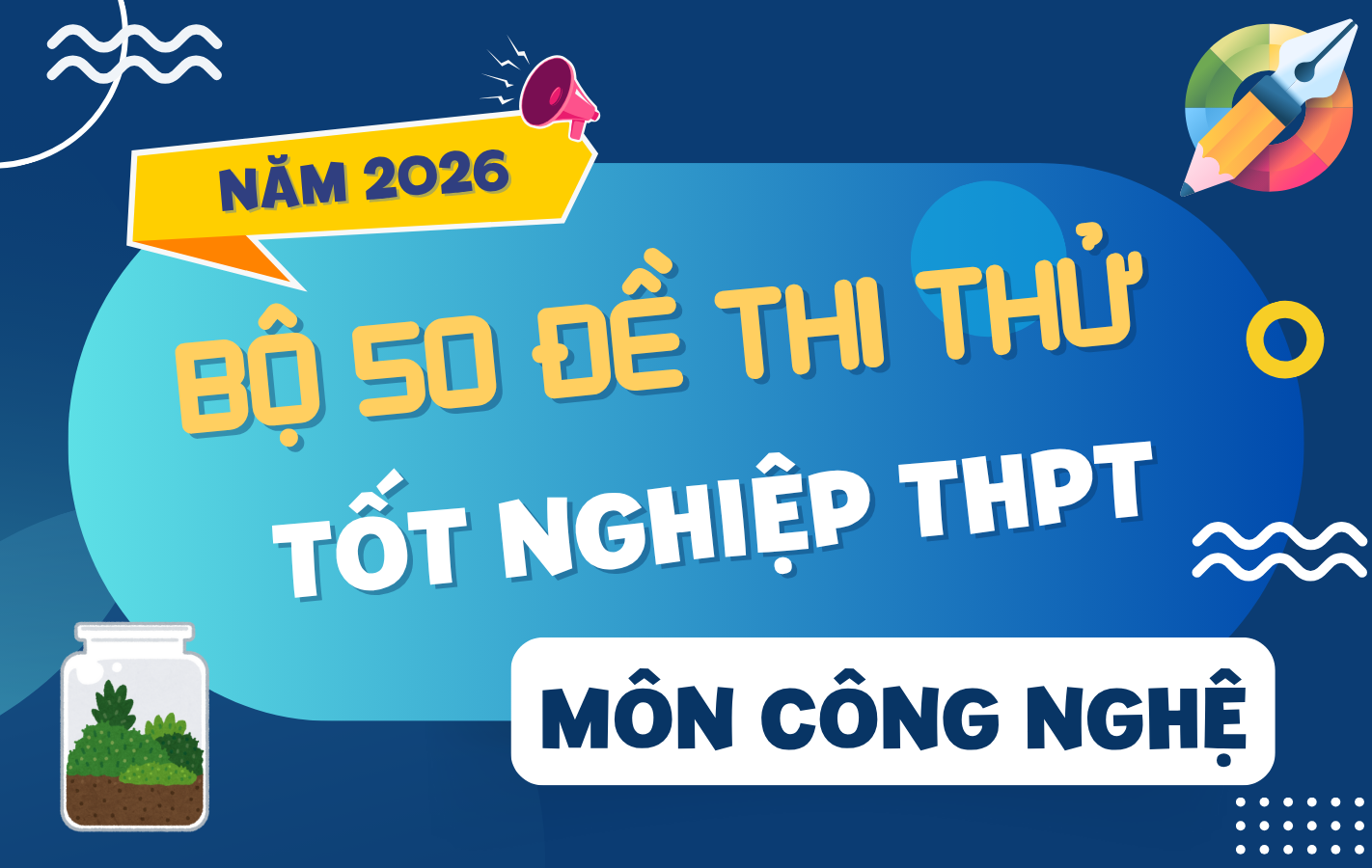
Bộ 50 Đề Thi Thử Tốt Nghiệp THPT Công Nghệ Năm 2026 – Theo Cấu Trúc Đề Minh Họa Bộ GD&ĐT
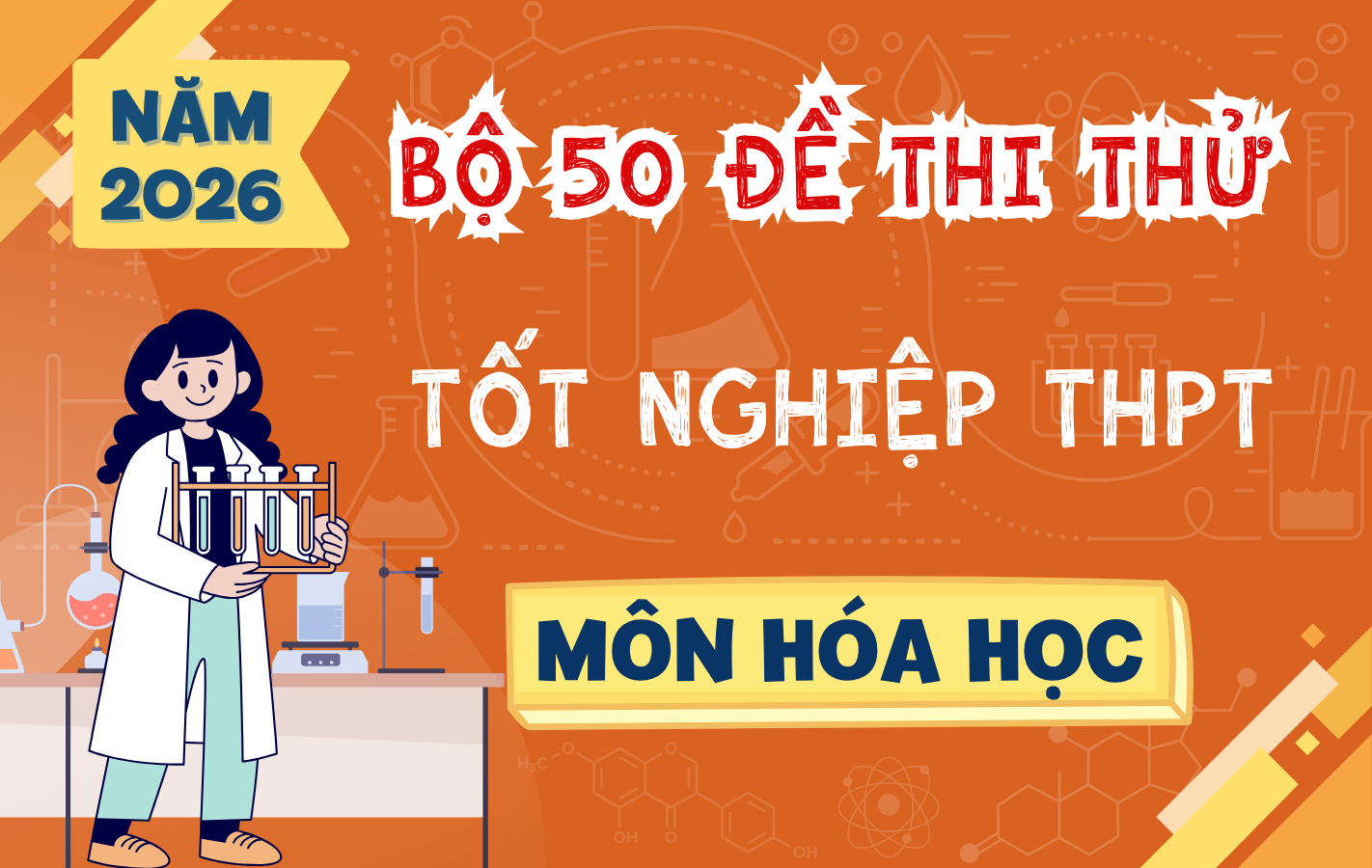
Bộ 50 Đề Thi Thử Tốt Nghiệp THPT Môn Hóa Học Năm 2026 – Theo Cấu Trúc Đề Minh Họa Bộ GD&ĐT
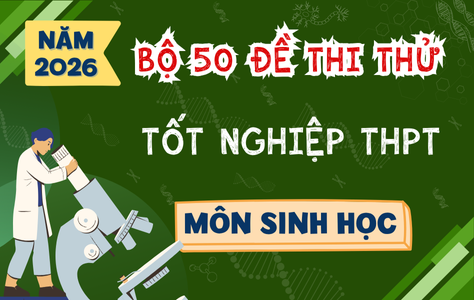
Bộ 50 Đề Thi Thử Tốt Nghiệp THPT Môn Sinh Học Năm 2026 – Theo Cấu Trúc Đề Minh Họa Bộ GD&ĐT
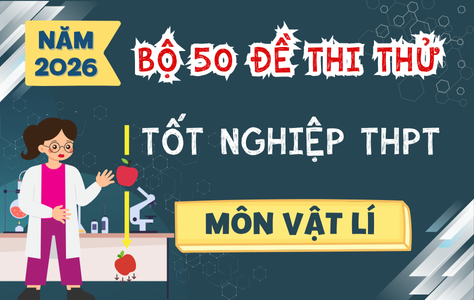
Bộ 50 Đề Thi Thử Tốt Nghiệp THPT Môn Vật Lí Năm 2026 – Theo Cấu Trúc Đề Minh Họa Bộ GD&ĐT
ĐĂNG KÝ GÓI THI VIP
- Truy cập hơn 100K đề thi thử và chính thức các năm
- 2M câu hỏi theo các mức độ: Nhận biết – Thông hiểu – Vận dụng
- Học nhanh với 10K Flashcard Tiếng Anh theo bộ sách và chủ đề
- Đầy đủ: Mầm non – Phổ thông (K12) – Đại học – Người đi làm
- Tải toàn bộ tài liệu trên TaiLieu.VN
- Loại bỏ quảng cáo để tăng khả năng tập trung ôn luyện
- Tặng 15 ngày khi đăng ký gói 3 tháng, 30 ngày với gói 6 tháng và 60 ngày với gói 12 tháng.